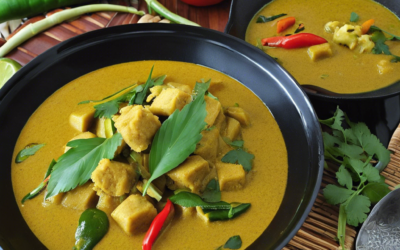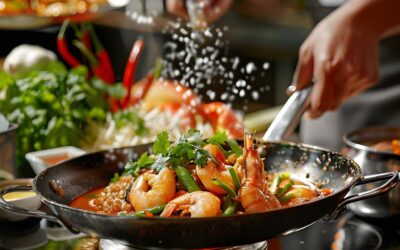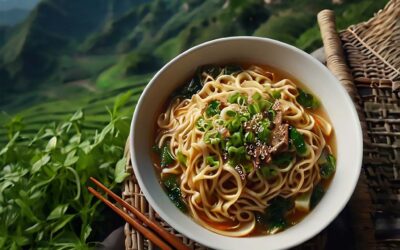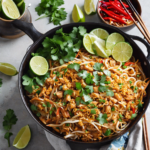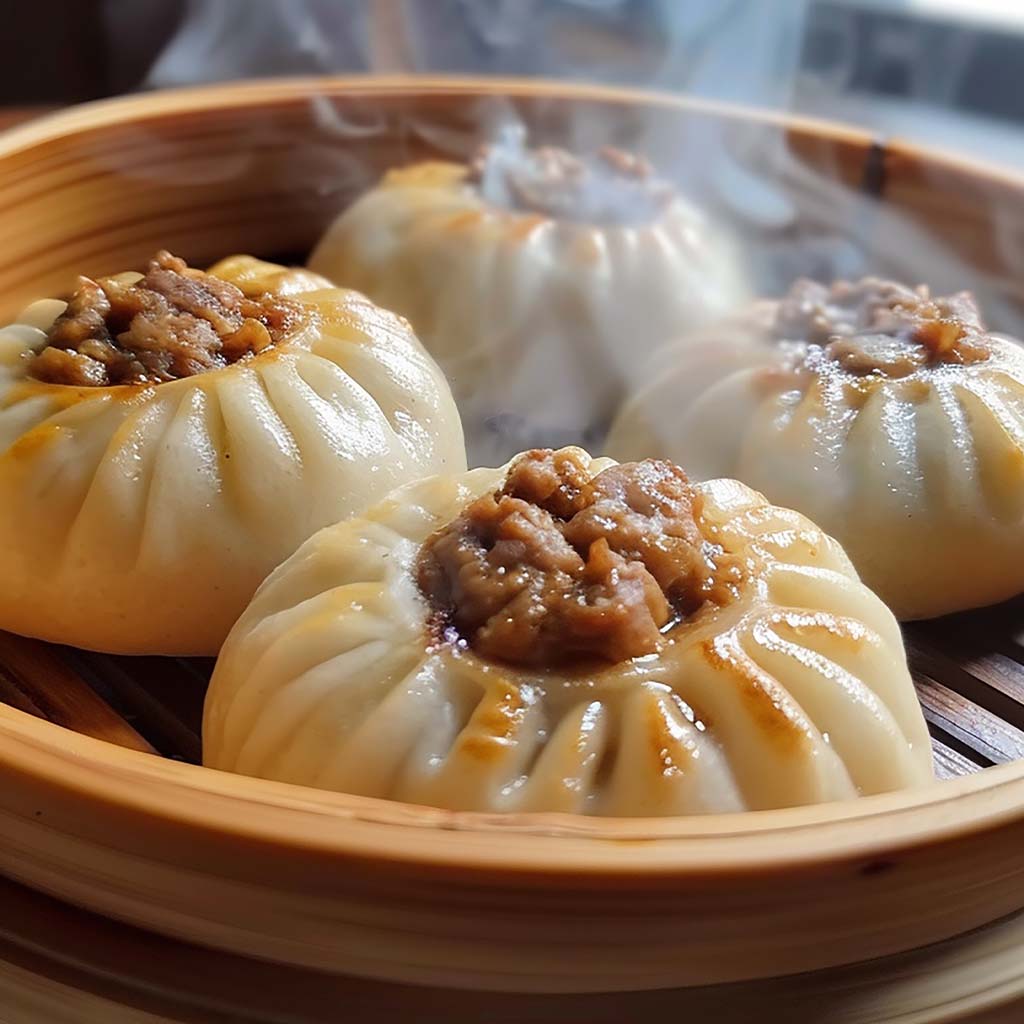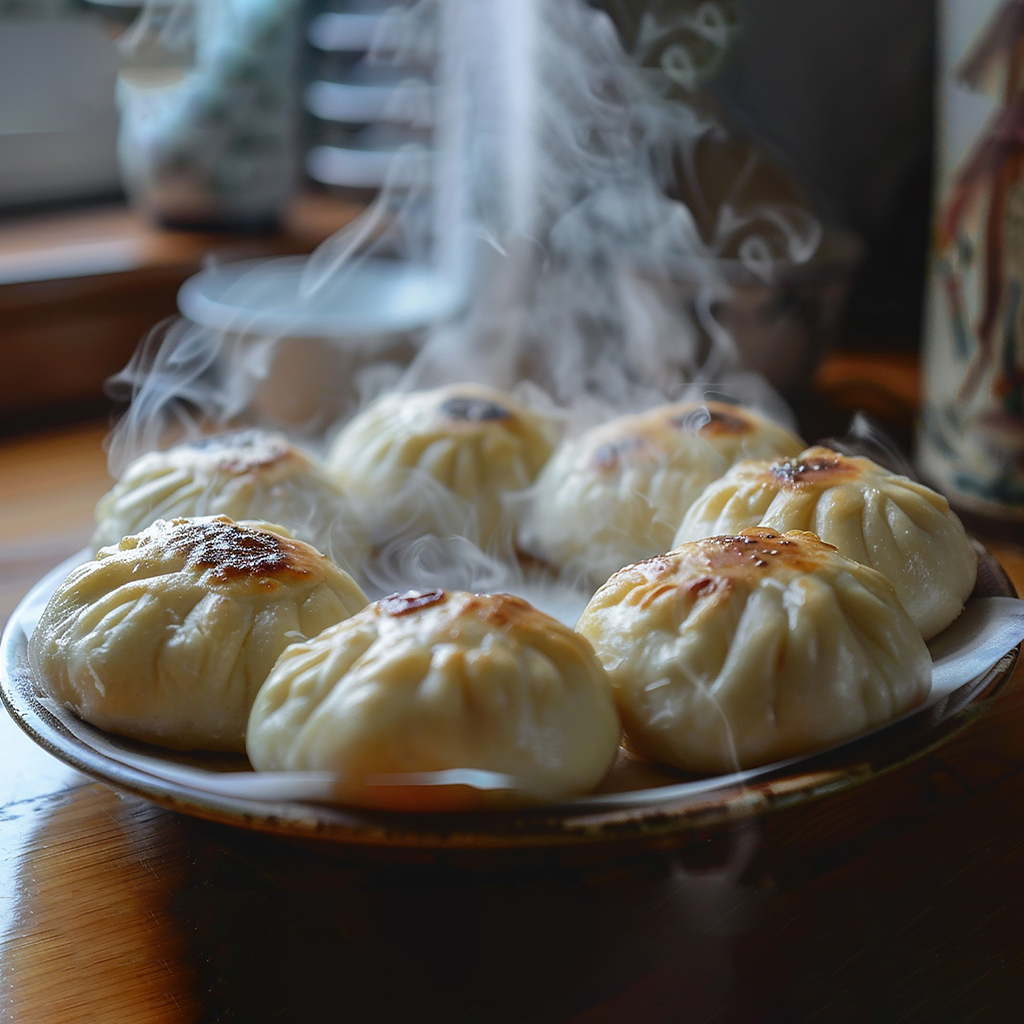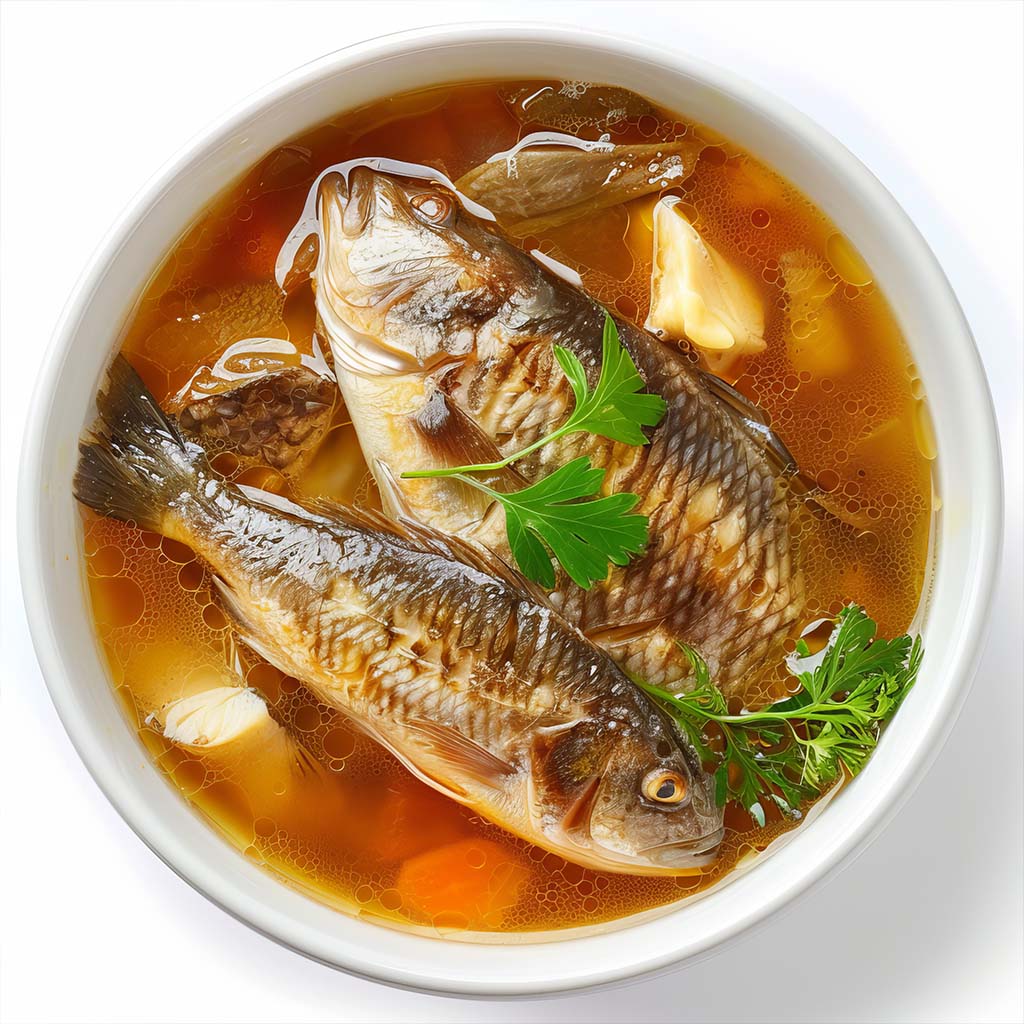Dim sum, the beloved Cantonese cuisine of small bite-sized dishes, has captured the hearts (and taste buds) of food enthusiasts worldwide. An integral part of this culinary delight is the humble dumpling, a staple in dim sum cuisine. Mastering the art of steaming dumplings is a crucial step in authentic dim sum preparation, and it’s easier than you might think! The delicate balance of thin, translucent wrapper and juicy, flavorful filling is what makes a dumpling truly exceptional. Here’s a step-by-step guide to achieving dim sum mastery with your steaming technique.
First things first: the wrapper. A good wrapper is key to a successful dumpling. It should be thin, elastic, and just translucent enough to hint at the delicious filling inside. To make the wrapper dough, simply combine flour, boiling water, and room temperature water. The boiling water will cook the flour, giving the wrapper its signature elasticity. Once the dough is kneaded and rested, roll it out into thin sheets and cut them into circles or squares, depending on your preference.
Now, let’s talk about the filling. The sky’s the limit when it comes to creativity with dumpling fillings. Traditional options include pork, shrimp, and scallions, but feel free to experiment with other proteins and vegetables. Just remember to chop the ingredients finely and squeeze out any excess liquid to ensure a compact, flavorful filling. Seasoning is key, so don’t be shy with the salt, pepper, and other spices.
Once you’ve prepared your wrapper and filling, it’s time to assemble the dumplings. Place a small amount of filling in the center of each wrapper and start sealing them. There are various ways to seal a dumpling, such as the classic pleated crescent shape or a simple half-moon shape. No matter the style, the most important factor is a tight seal to prevent the dumplings from opening during steaming.
Now, we steam! The key to successful steaming is maintaining a consistent, high level of heat. Traditional dim sum restaurants use large, specialized steamers, but you can achieve similar results at home. Use a steamer basket that fits snugly into a pot, ensuring that the water doesn’t touch the bottom of the basket. Bring the water to a rolling boil, then carefully place the dumplings inside the basket, leaving enough space between them for the steam to circulate.
Cover the pot and let the steam work its magic. Depending on the size of your dumplings, they should be ready in about 10 to 15 minutes. To test for doneness, simply remove one dumpling and cut it open to check if the filling is cooked through. If it’s still pink or raw, steam for a few more minutes. The wrapper should be translucent and glossy, indicating that it’s cooked perfectly.
One trick to achieving that coveted translucent wrapper is to let the dumplings rest uncovered for a minute or two after steaming. This allows the excess moisture to evaporate, giving you that perfect, glossy finish. Then, they’re ready to be served and devoured!
For an extra touch of authenticity, serve your dumplings with a simple dipping sauce. A classic combination is a mixture of soy sauce, rice vinegar, and chili oil. You can also add a splash of garlic or ginger to elevate the flavors.
Now that you’ve mastered the art of steaming dumplings, why not experiment with different variations? Try your hand at shrimp and chive dumplings, pork and cabbage potstickers, or vegetarian options like mushroom and tofu dumplings. The possibilities are endless!
If you’re feeling adventurous, you can even attempt to make some of the more unique dim sum offerings, like steamed spare ribs with black beans or lotus leaf-wrapped sticky rice. These dishes may seem intimidating, but with the right ingredients and techniques, they’re achievable for the ambitious home cook.
One of the secrets to restaurant-quality dumplings is the quality of the ingredients. Source the freshest meat and seafood, and don’t skimp on the spices and seasonings. Authentic dim sum relies on bold flavors, so invest in good-quality soy sauce, rice wine, and other condiments.
In addition to ingredient quality, the right tools can make a significant difference in your dumpling-making endeavors. Invest in a sturdy steamer basket that fits your pot, ensuring efficient steaming. A dumpling press or mold can also speed up the assembly process and give your dumplings a uniform look.
For those with a sweet tooth, dim sum also offers an array of delightful dessert dumplings. Try your hand at making steamed egg custard buns or sticky rice dumplings filled with sweet red bean paste. These treats are the perfect way to end a dim sum feast.
While dumplings are typically associated with steaming, don’t be afraid to experiment with other cooking methods. Pan-fried potstickers or deep-fried wontons can add variety to your dim sum spread and offer different textures and flavors.
When it comes to steaming, temperature is everything. Aim for a rolling boil throughout the cooking process, and be mindful of the water level in your steamer. Refill the pot with boiling water as needed to maintain a consistent level of steam.
Practice makes perfect when it comes to dim sum mastery. Don’t be discouraged if your first attempt doesn’t yield Instagram-worthy dumplings. With each batch, you’ll improve your wrapping skills, refine your filling-to-wrapper ratio, and develop a better sense of timing.
Dim sum is meant to be shared and enjoyed with loved ones, so why not make it a social event? Invite friends and family to join you in the kitchen, turning dumpling assembly into a fun group activity. Before you know it, you’ll be a dumpling-steaming pro!
Once you’ve perfected the classic steamed dumplings, you can start playing with creative twists. Experiment with different wrapper colors using natural ingredients like spinach or beet juice. You can also try incorporating unusual fillings, fusing traditional dim sum with global flavors.
Lastly, presentation is key. Dim sum is as much about the visual appeal as it is about taste. Arrange your dumplings artfully on a platter, garnished with fresh herbs and accompanied by small bowls of dipping sauce. Your guests will be impressed not only by the delicious flavors but also by the beautiful spread before them.
And there you have it—a comprehensive guide to steaming techniques and tricks for authentic dim sum dumplings. With these tips and a bit of practice, you’ll be on your way to becoming a dim sum master, impressing your friends and family with delicious, restaurant-quality dumplings. Happy steaming, and bon appétit!

